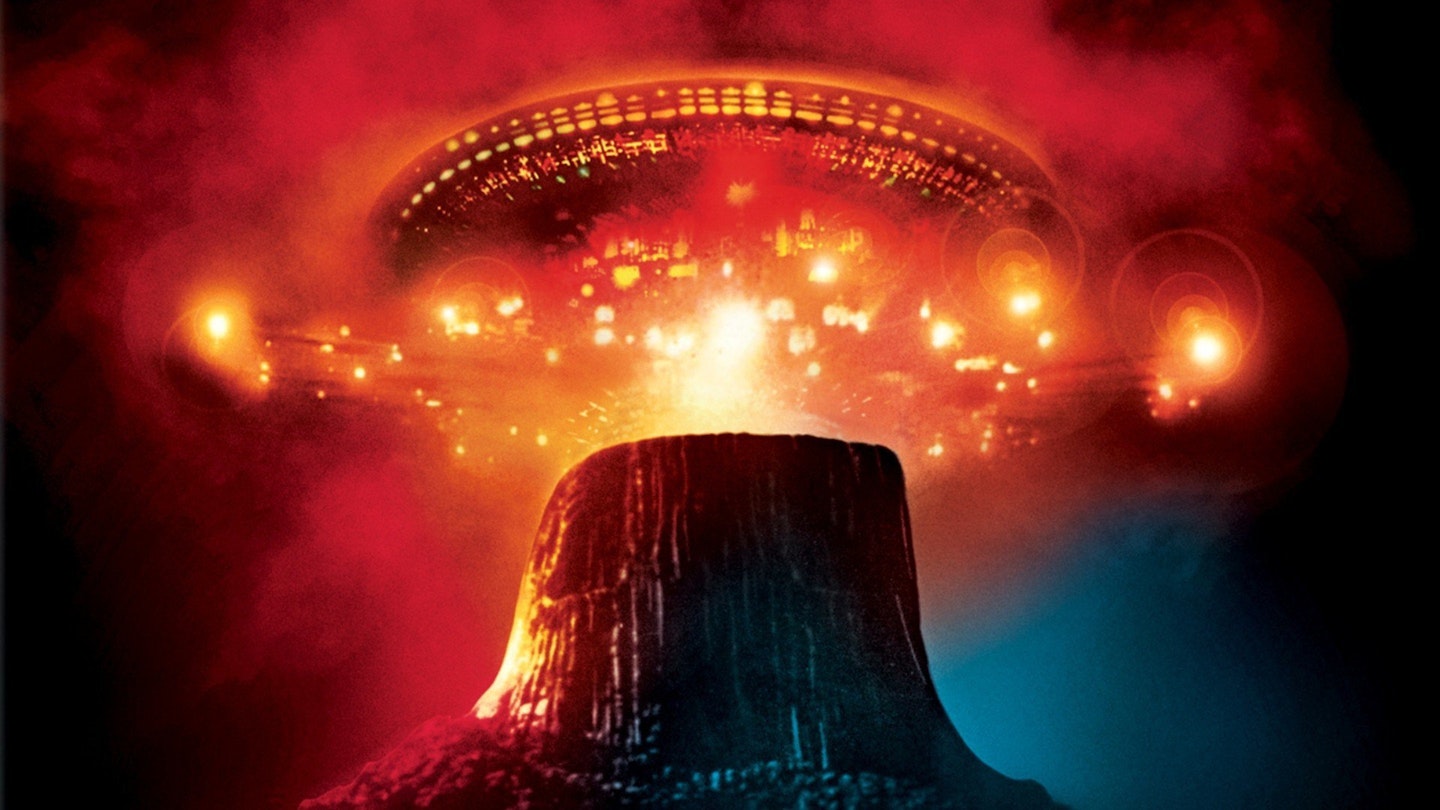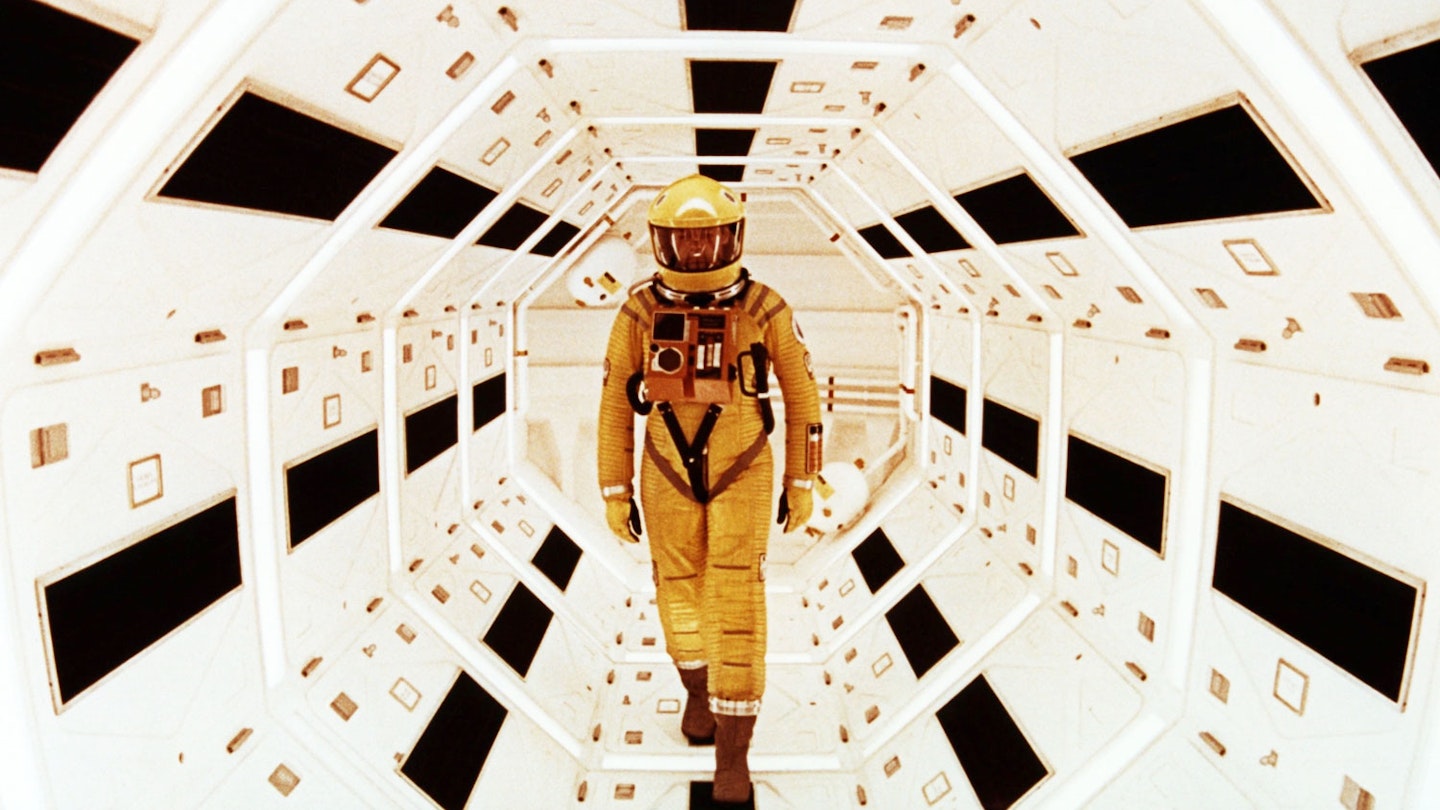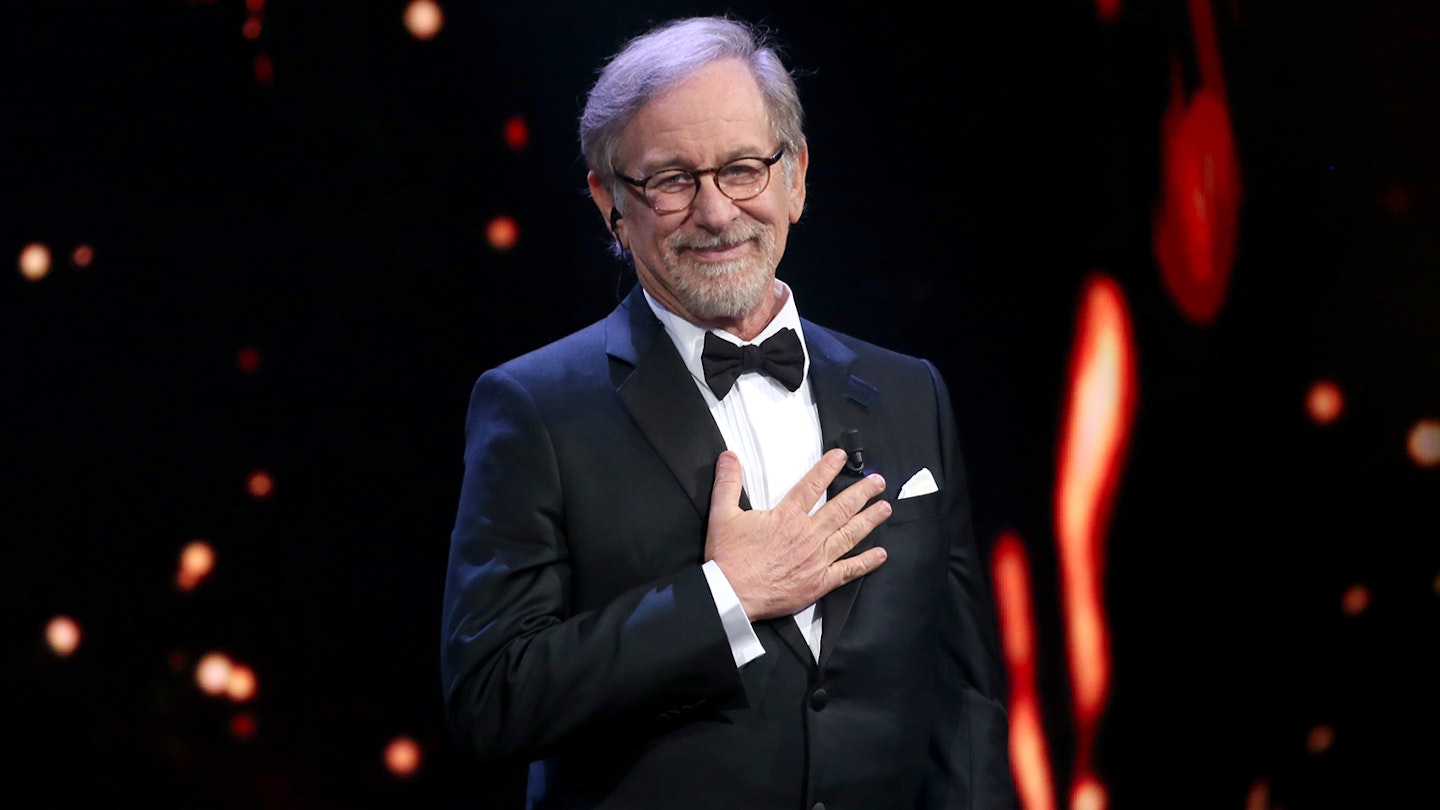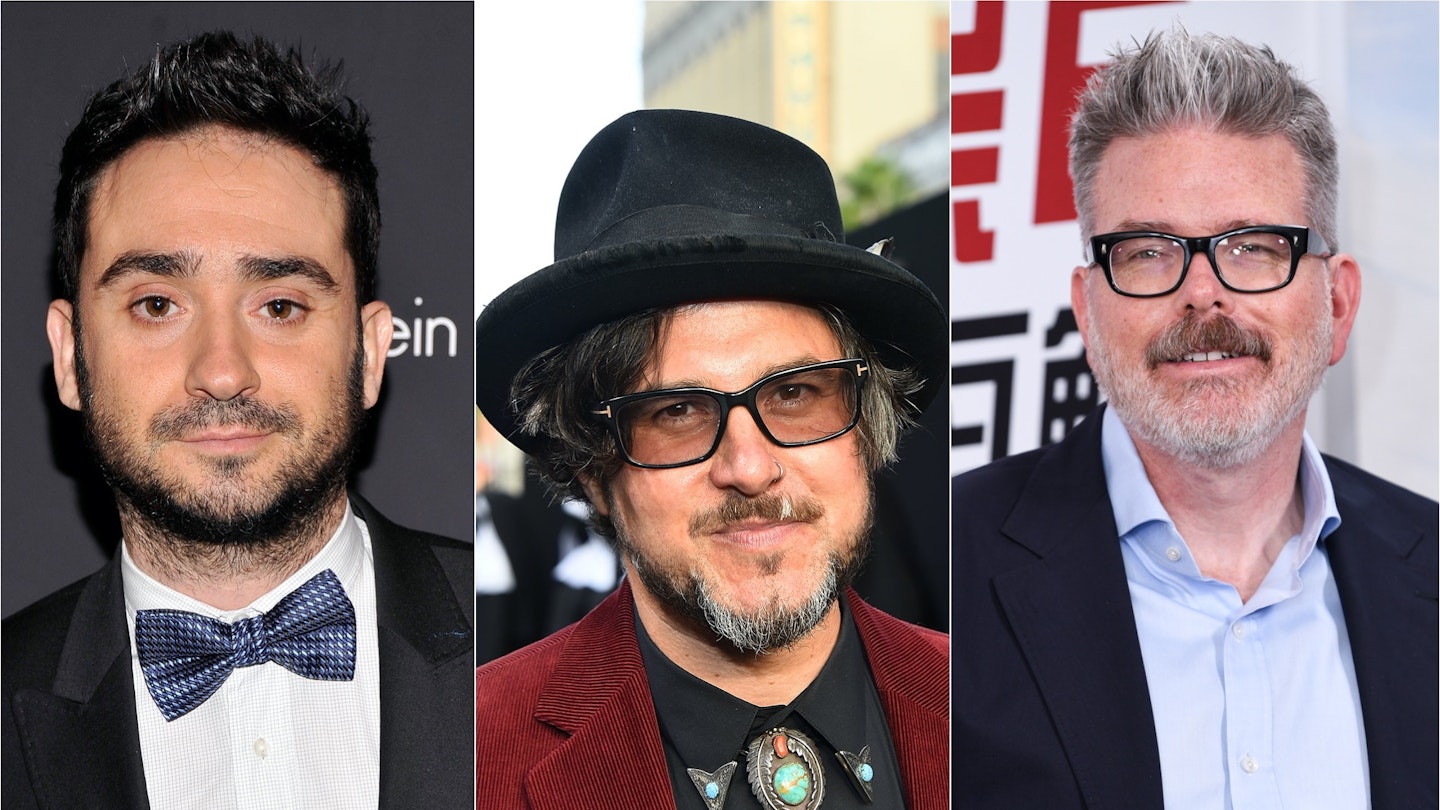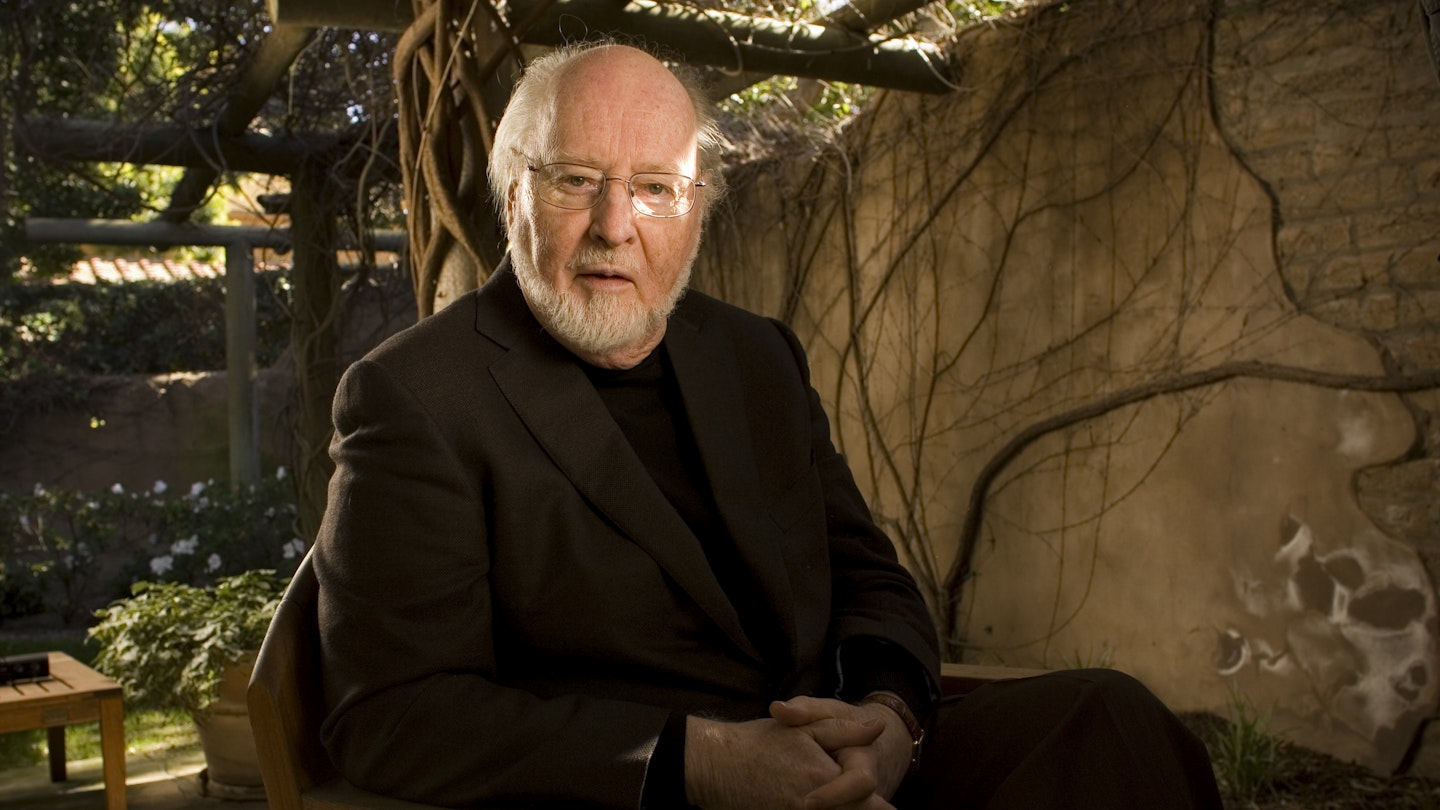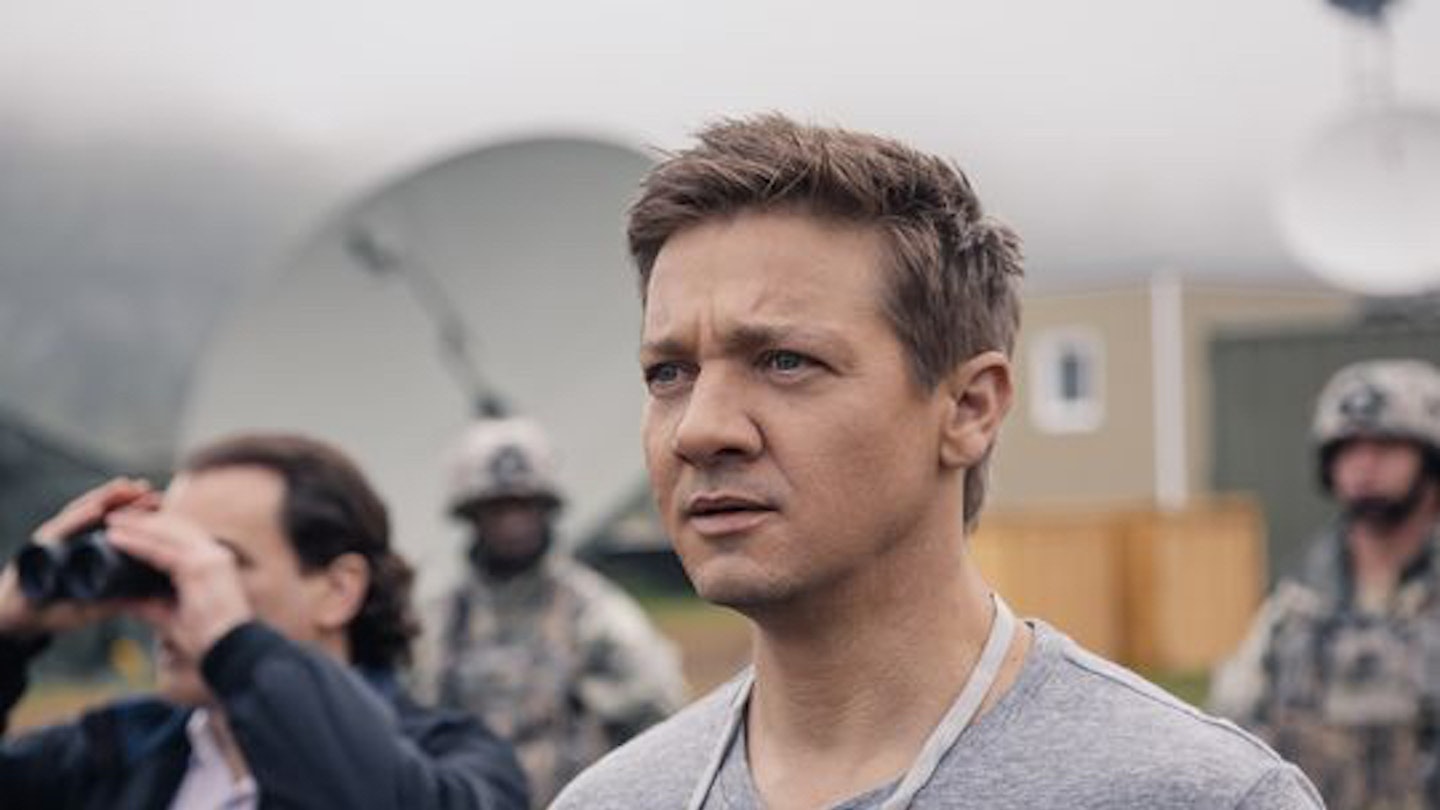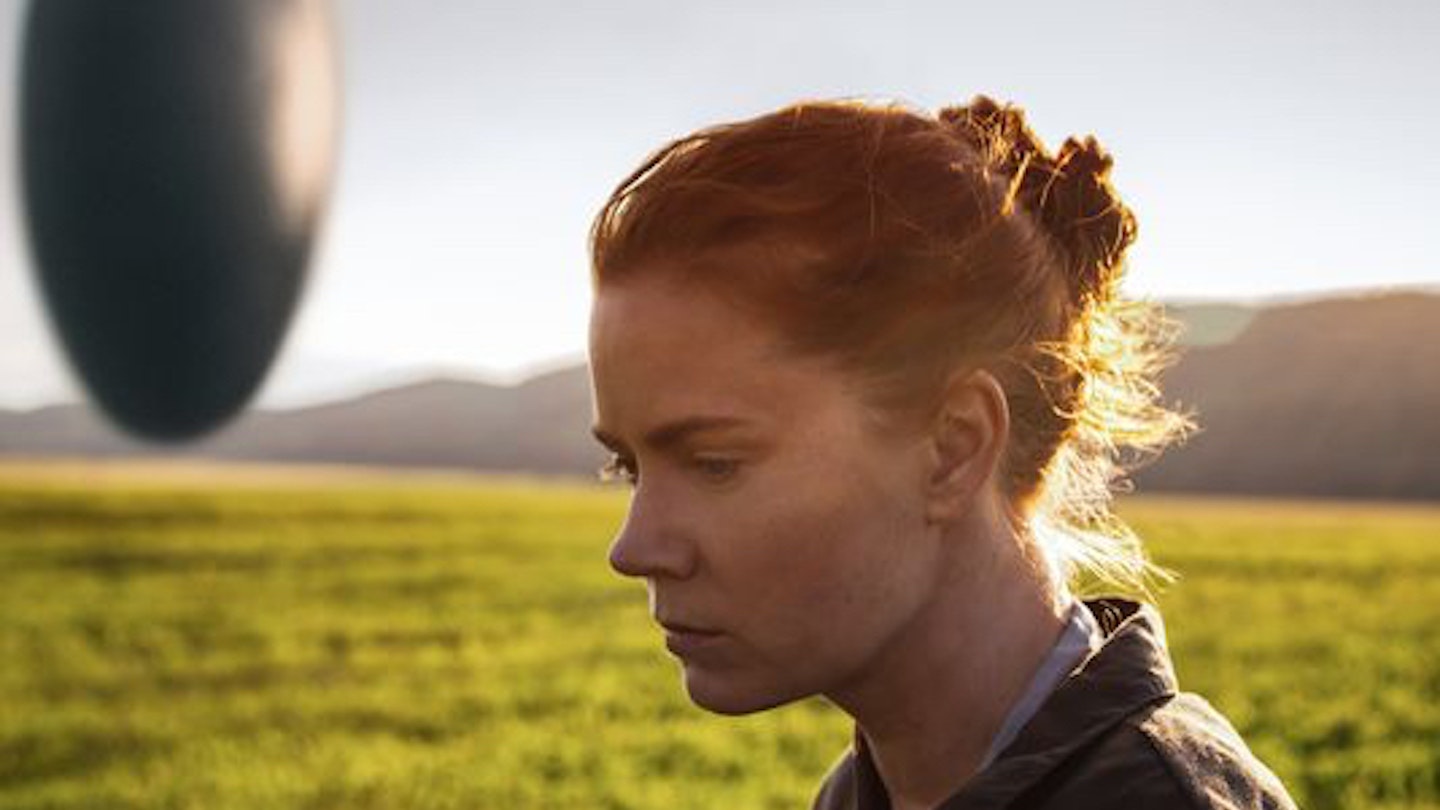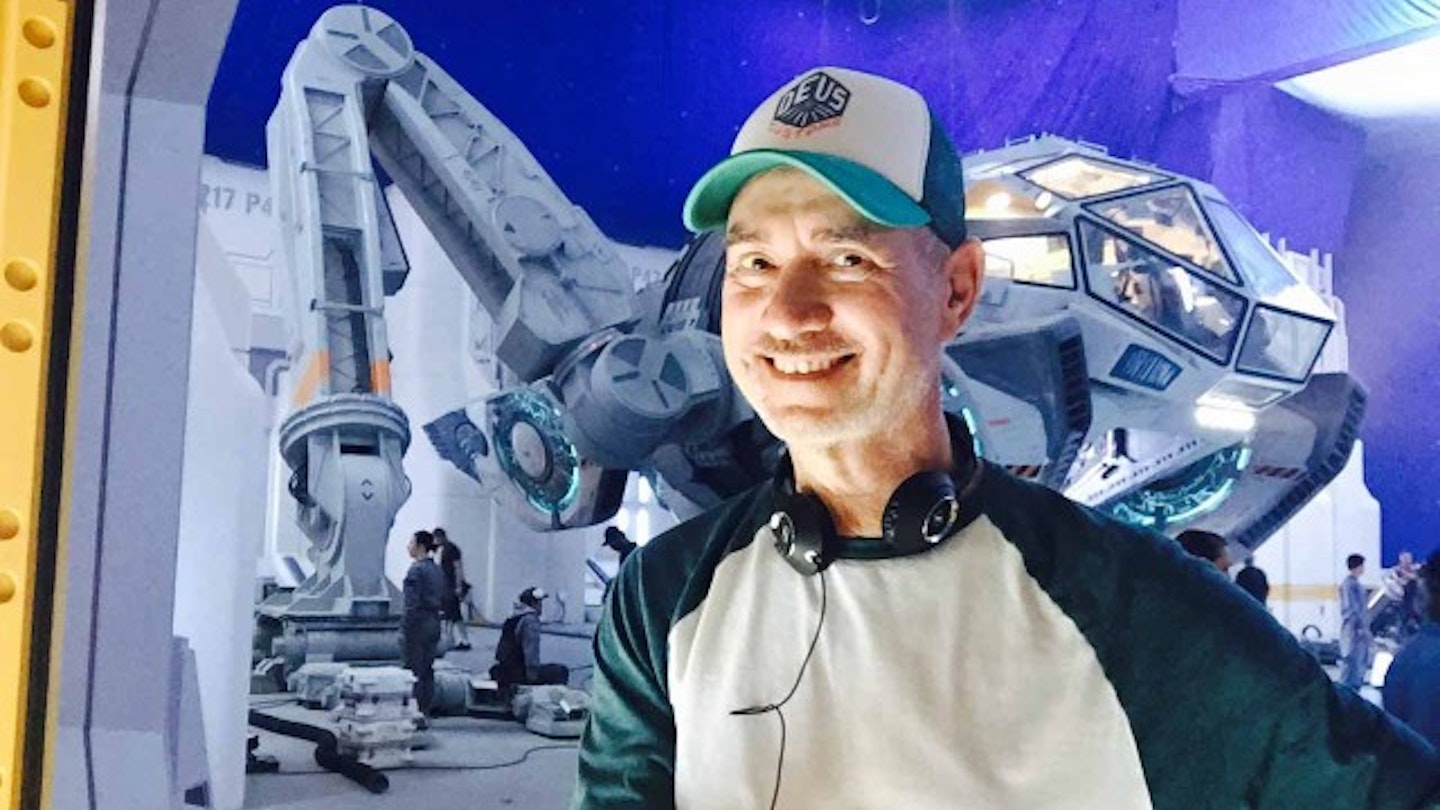UFO mystery, cosmic road movie, an Everyman's quest for meaning and his place, Close Encounters Of The Third Kind is a thrilling vision of first contact with extraterrestrials. But take away the sci-fi, the spectacular sound and light show, and what remains is compassionate, classic human drama of an ordinary man in extraordinary circumstances who makes a difficult odyssey.
Richard Dreyfuss' appealingly anxious and good-humoured Roy Neary is a humble protagonist having a spiritual epiphany. He's an Average Joe working stiff with an exhausting family in a chaotic home, smack in the middle of middle America. As such, a mass audience identified with him much more intensely than with a more conventional romantic adventure hero.
When his encounter with a UFO is dismissed he becomes obsessed, to the exclusion of his family, with discovering what his experience means. The only person who understands is Melinda Dillon's Jillian Guiler, driven by her own search for her son, taken in
by a strangely terrifying visitation at her home, bathed in orange light. Eventually it becomes clear they are among implantees who have a shared vision, a connection that means something, something important. Paralleled with these intimate experiences of frustration and fear of the unknown, of courage, understanding and joy in confronting it (and finding something wonderful in the peaceful, childlike aliens), are the globe-trotting efforts of Francois Truffaut's hopeful Claude Lacombe and Bob Balaban's David Laughlin, head of the scientific project to investigate and respond to alien contact.
The phenomenal success of Jaws empowered Spielberg to realise his deeply felt personal project. Close Encounters shows all the sensibilities of the American post-War suburban Baby Boomer nurtured on Disney, 50s sci-fi and childhood experiences like being awakened by his father in the middle of the night to witness the heavenly spectacle of a meteor shower. Essentially it was an adult, skillful professional rethink of his adolescent, homemade epic Firelight; even the design prompts he gave visual effects guru Douglas Trumbull and cinematographer Vilmos Zsigmond originated in the Movie Brat's experiments at his kitchen table.
Watching Close Encounters is like an entertaining study guide to the filmmaker and his body of work. Not just a signature film, Close Encounters — the only one of his movies before A.I. written as well as directed by him — encompasses all the major themes, concerns and elements that recur throughout Spielberg's career. There are his staple characters (the individual driven on a quest, the sympathetic mother, the lost boy wise-innocent, the untrustworthy, obstructive authorities). There is a transforming experience that creates a need to fulfil a mission or wish. There is the use of bright light as literal and metaphorical illumination. There are rescue, redemption, and affirmation of an individual's worth. In so many ways Roy Neary is forerunner and cinematic soul brother to Indiana Jones, E.T., Celie Johnson, Peter Pan/Banning, Oskar Schindler, Cinque and, more recently, Captain Miller.
Is Close Encounters his best film? It's inarguably one of them. It may not be his biggest commercially (although at a cost of $18 million for an initial return of $77 million at the U.S. box office it was one of the Top 10 hits of its decade). It may not be your favourite from his canon. And E.T. may be even more revealing of Spielberg's psyche. But it remains the definitive Steven Spielberg film, both in substance and style, even while he acknowledges that in his maturity he wouldn't make the same picture today: "I look at my movie and I see a lot of naivete, and I see my youth, and I see my blind optimism... It's the one film I see that dates me, that I really look back and see who I was 20 years ago, compared to who I am now".
It's also the one film he can't leave alone, re-editing it in 1980 into the Special Edition (tightened middle section of Neary's crisis, extended alien climax) and in 1997 into the Collector's Edition (digitally re-mastered, snippets reinstated, the unnecessary "afterthought" sequence showing the interior of the Mothership thankfully deleted).
Released within months of his best friend George Lucas' Star Wars, Close Encounters was the other instantly iconic event film of the year, with great reviews, enthusiastic queues and best bits immediately entering the currency of popular culture (the five tone musical motif Spielberg requested from John Williams as a universal greeting and language key, the mashed potato mountain).
For this writer, a vivid memory of the collective gasp of awe in a large, packed theatre as we thrilled to the Mothership coming over the mountain has always represented the ultimate testimonial to Spielberg's gift for wonder, and to cinema's power to take your breath away.
